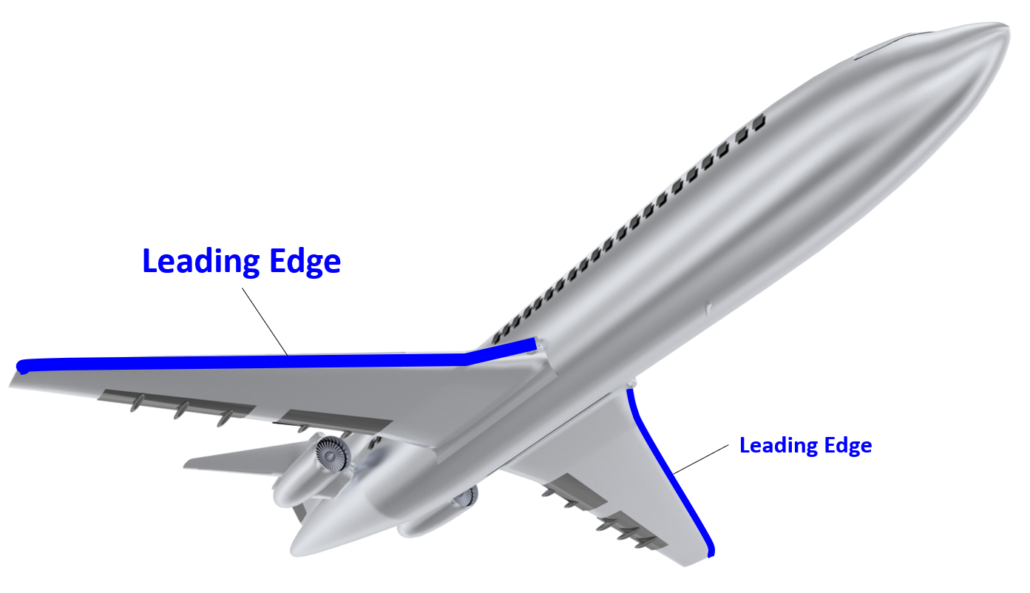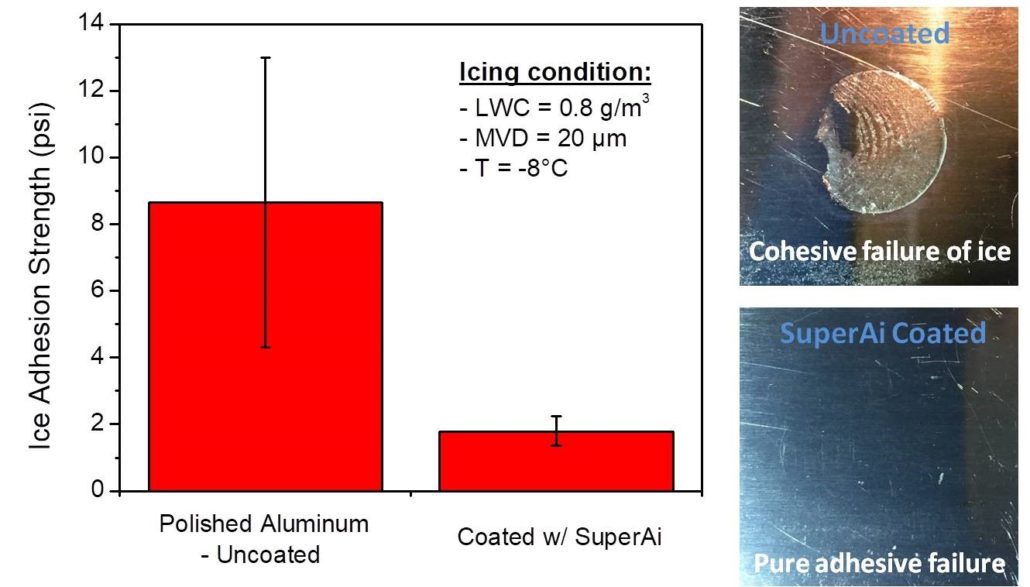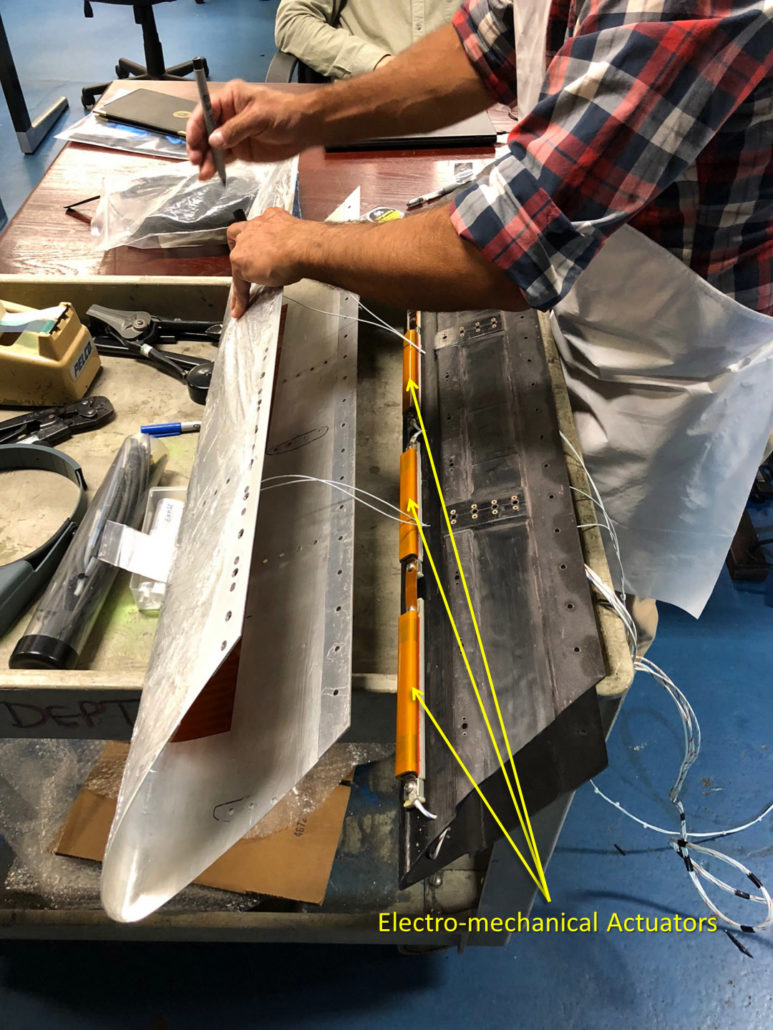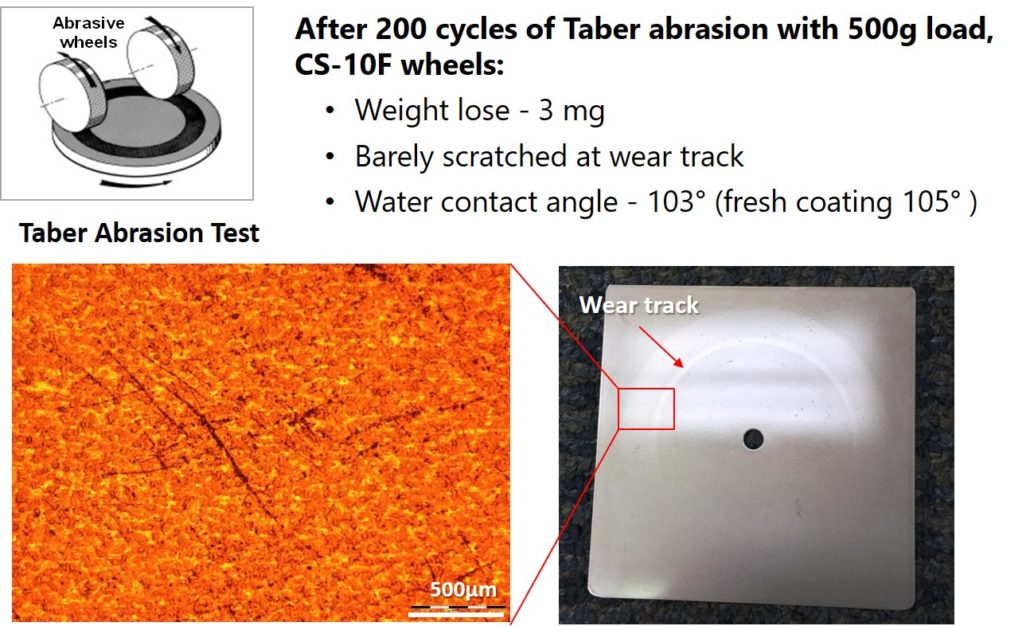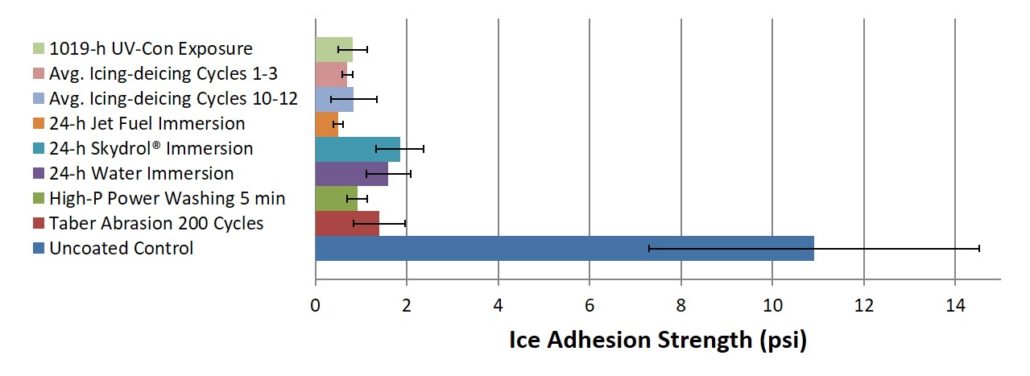NEI Case Study Featured in PCI Magazine
From Concept to Implementation:
Anti-ice Coating Technology for the Aerospace Industry
 A manufacturer of de-icing systems brought up the idea of combining an active de-icing system with a coating that easily sheds ice. Ice formation on the leading edge of an aircraft is a common aviation danger, playing a key role in several catastrophic accidents over the years that have killed people and destroyed aircrafts. All commercial aircraft have a built-in ice protection system, which could be either a thermal, thermal-mechanical, electro-mechanical, or pneumatic system. A common issue with de-icing devices is that they consume substantial power. Aircraft generally look to reduce power consumption, and with the advent of battery-powered aircraft, mechanisms or features that reduce power consumption are critically important. The aspect of reduced power is also relevant for battery powered drones. Applying a passive anti-ice coating that functions synergistically with the active de-icing device is an attractive approach. The advantages are reduced power consumption, improved service life of mechanical components, lighter electronics and extra protection in case of failure of active device.
A manufacturer of de-icing systems brought up the idea of combining an active de-icing system with a coating that easily sheds ice. Ice formation on the leading edge of an aircraft is a common aviation danger, playing a key role in several catastrophic accidents over the years that have killed people and destroyed aircrafts. All commercial aircraft have a built-in ice protection system, which could be either a thermal, thermal-mechanical, electro-mechanical, or pneumatic system. A common issue with de-icing devices is that they consume substantial power. Aircraft generally look to reduce power consumption, and with the advent of battery-powered aircraft, mechanisms or features that reduce power consumption are critically important. The aspect of reduced power is also relevant for battery powered drones. Applying a passive anti-ice coating that functions synergistically with the active de-icing device is an attractive approach. The advantages are reduced power consumption, improved service life of mechanical components, lighter electronics and extra protection in case of failure of active device.
The challenge presented to the engineers and scientists at NEI Corporation was to develop and demonstrate a coating that exhibits durable anti-ice performance and satisfactory wear and erosion resistance. More importantly, it needed to be practical for retrofitting in-service aircraft as well as be used by OEMs. In order to address the need, NEI developed its NANOMYTE® SuperAiTM coating technology to have the following features:
- Extremely lubricating surface
- Superior ice adhesion reduction factor
- Thin coating (< 1 mil or 25 microns), providing a light weight solution
- Durable anti-ice performance, suitable for permanent application
- Room temperature cure
- Easy application by spraying, dipping, or brushing
*External link will take you to PCI‘s website / digital magazine
About NEI Corporation:
NEI is an application-driven company that utilizes materials science & chemistry to develop and produce Advanced Materials. NEI offers an array of Functional Coatings for metal and polymer surfaces. The coatings have tailored functionalities, such as Easy-to-Clean, Anti-Ice, Self-Healing, Corrosion resistant, Anti-Fog, and Abrasion Resistant.
For more information, give us a call or email us.

